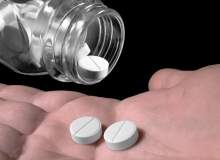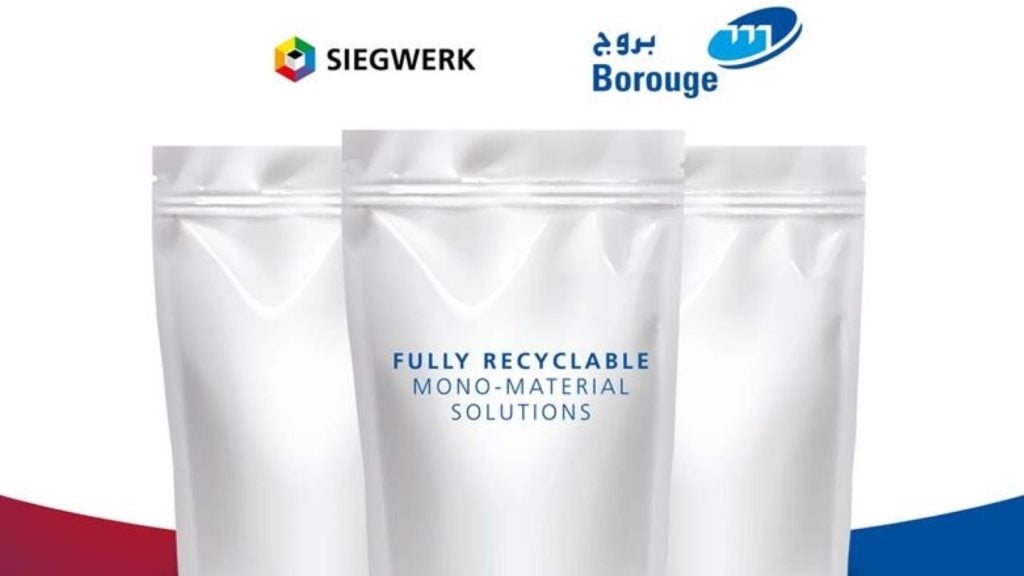
Pharmaceutical companies have traditionally shied away from investing heavily in clinical trial packaging, the logic being that many of the drugs tested in clinical trials fail to reach the stage of commercialisation.
But changes are afoot. Indeed, in recent years, contractors in the clinical trial services sector, such as Almac and MWV, have witnessed the beginning of a significant change in Big Pharma’s attitude.
Rather than simply focusing on cost-cutting wherever possible, many of the large pharmaceutical companies have really started to recognise the benefit of using ‘smart’ packaging, which can substantially improve patient compliance, at the clinical trial stage.
Their revised reasoning is that enhancing patient adherence improves the accuracy of clinical trial results, giving drugs a greater chance of eventually being commercialised, therefore ultimately improving the company’s revenues.
In this article, we speak to MWV’s global director of healthcare product marketing John Musaus, previously of GSK and P&G and currently on the International Society of Pharmaceutical Engineers’ Steering Committee for Packaging, as well as the National Consumer League’s Medication Adherence Campaign, plus Jonathan Calderwood, global head of marketing for Almac’s clinical services business unit with experience in the clinical supplies global market, spanning project management, business development and marketing, about the most effective ways to increase patient compliance and what the future holds for clinical trial packaging.
See Also:
Elly Earls: What are the differences between clinical trial packaging and commercial packaging?
MWV’s John Musaus: Commercial packaging has a heavy work load early in the life cycle of a drug, after that work is done, the fruits of that labour can be leveraged for many years.
How well do you really know your competitors?
Access the most comprehensive Company Profiles on the market, powered by GlobalData. Save hours of research. Gain competitive edge.

Thank you!
Your download email will arrive shortly
Not ready to buy yet? Download a free sample
We are confident about the unique quality of our Company Profiles. However, we want you to make the most beneficial decision for your business, so we offer a free sample that you can download by submitting the below form
By GlobalDataClinical trial packaging is, in many ways, more complicated to produce, as packaging for each clinical trial protocol is basically hand-crafted.
Almac’s Jonathan Calderwood: With clinical trial packaging, batches are smaller and a lot more varied. Add to this dosage titrations, multiple country groups and supply chain pressures to meet ‘First Patient In’ dates, and its little wonder that clinical supply packaging is a challenging segment.
EE: Many clinical trials do not reach completion and historically this has made clinical trial packaging an easy target for cost-cutting. Is this still the case?
JM: We are starting to see a thawing in the historical approach companies have taken. MWV is working with its customer base to change the measure from simple package cost to total delivered cost (TDC).
Packaging can directly impact TDC, for example, if the package is designed to increase patient adherence to protocol or if the package is designed to reduce the number of labels (and subsequent labour required to label individual pre-filled syringes and vials).
JC: Clinical packaging is coming under the same financial scrutiny as everything else, it can of course be a major cost base for a trial, but it is by no means the largest consideration.
Well-designed and compliant randomised clinical packaging can be additive to the trial process and can help secure accurate and robust data.
EE: How influential can using the wrong packaging be on clinical trial results?
JM: There are many factors that can lead to poor patient adherence in clinical trials, but most of these cannot be controlled by the sponsor.
The sponsor can control packaging and, as such, it should be viewed as a primary tool to drive patient adherence. It can remind every patient on a frequent basis how to take their medicine correctly and explain the repercussions of not following the protocol correctly.
Clinical trial sponsors cannot control how clinical trial site personnel train each patient on the protocol, but they can leverage packaging to ensure everyone gets the correct information. In the big picture, it is worth the minimal additional time and cost to provide packaging adherence features to give every patient the best shot.
The overall impact and costs of poor adherence are, in order of magnitude, more expensive.
EE: What are the best methods for improving patient compliance using packaging?
JM: Bottles are the choice packaging for many companies because they are inexpensive and fast. however, traditional bottles provide zero adherence benefits.
We have seen that the simple addition of a dosing calendar to the package to minimise forgetfulness can significantly increase patient adherence rates.
Another way to improve adherence is to ensure that simple-to-understand language about the treatment protocol is integrated into the package. Many adherence packages provide extra space to ensure the protocol is clearly understood, and we are starting to see companies use visual graphics and icons to ensure patient understanding.
We are also beginning to see trends in the marketplace for more use of electronic smart packaging in clinical trials. These are initially being used to collect adherence data for comparison to Pk and Pd results.
But in the near future, we see smart packaging adding additional benefits, such as prompting and real time usage data transfer. The use of visual and audio reminders has been shown to increase patient adherence rates.
EE: Tell me a bit more about the advantages of ‘smart’ packaging for clinical trials.
JM: There are a number of wireless data transmission protocols being integrated into the design of ‘smart’ clinical trial packaging, including NFC, Bluetooth, Bluetooth low energy, ZigBee and SIM.
MWV is starting to see trends where clinical trial designers and statisticians are leveraging patient usage data generated by smart packaging in new and innovative ways, from phase II through to phase IV studies, and we are working to meet these trends with a portfolio of products that can be used in different regional environments and clinical protocols.
For instance, our Cerepak product uses printed electronic traces to capture the date and time a medicine is removed from a specific blister cavity.
We believe early adopter companies will begin using real time data transfer methods to better see what is happening with patient adherence at both the site and patient level.
If the data generated helps sponsors make faster, smarter decisions, the value of the data can justify the increased costs of the smart package.
JC: However, with the lower volumes required and variability for clinical packaging, this technology has not yet taken hold within the market. We continue to monitor progress and hope for more widespread use and direct commercial benefits for the clinical supply segment.
EE: Finally, is there a strong argument for using the same packaging for clinical trials as will eventually be used for the commercial drug?
JC: Packaging generally has to use the same primary container for stability purposes, so any changes in the primary container between clinical trials and commercial use will present an issue.
As regards secondary packaging, you can try to create a ‘brand image’ with clinical patients, who will be the likely users of the commercial products, particularly when it comes to niche or orphan drugs, but that means the marketing team needs to be involved very early in the process to advise on the life-cycle plans.
For larger indications, I would say there is less value in this approach, as the trial is essentially a data gathering exercise, rather than a branding exercise.
However, the earlier you think about pack design, the more holistic your viewpoint will be on the IMP life-cycle as it nears commercialisation.
JM: Many of our customers are starting to adopt this philosophy. If you are integrating adherence-enhancing tactics into your clinical trial packaging, it would make sense that you would try to drive the best adherence rates into the commercial setting. Better adherence rates result in higher top line sales.






